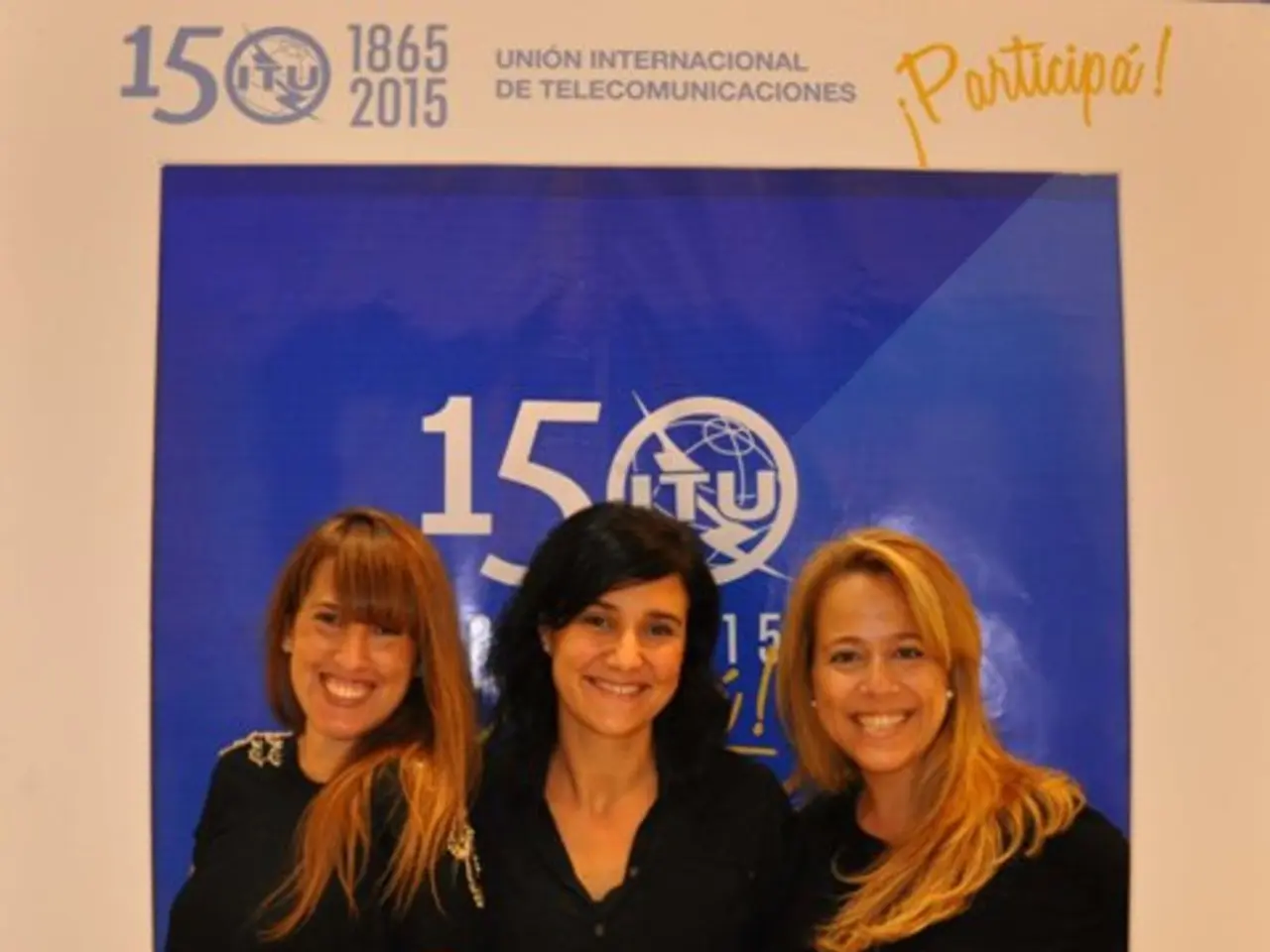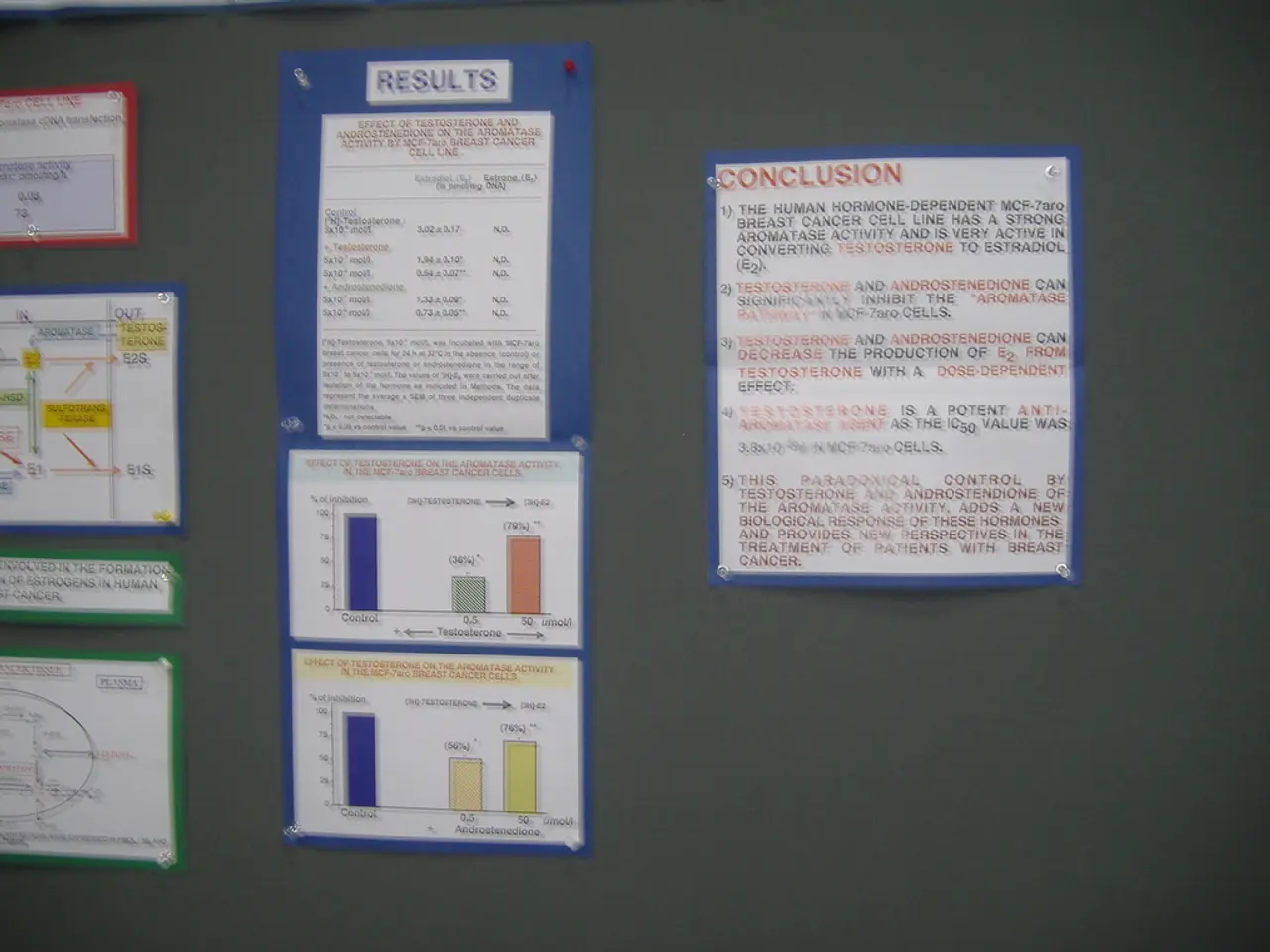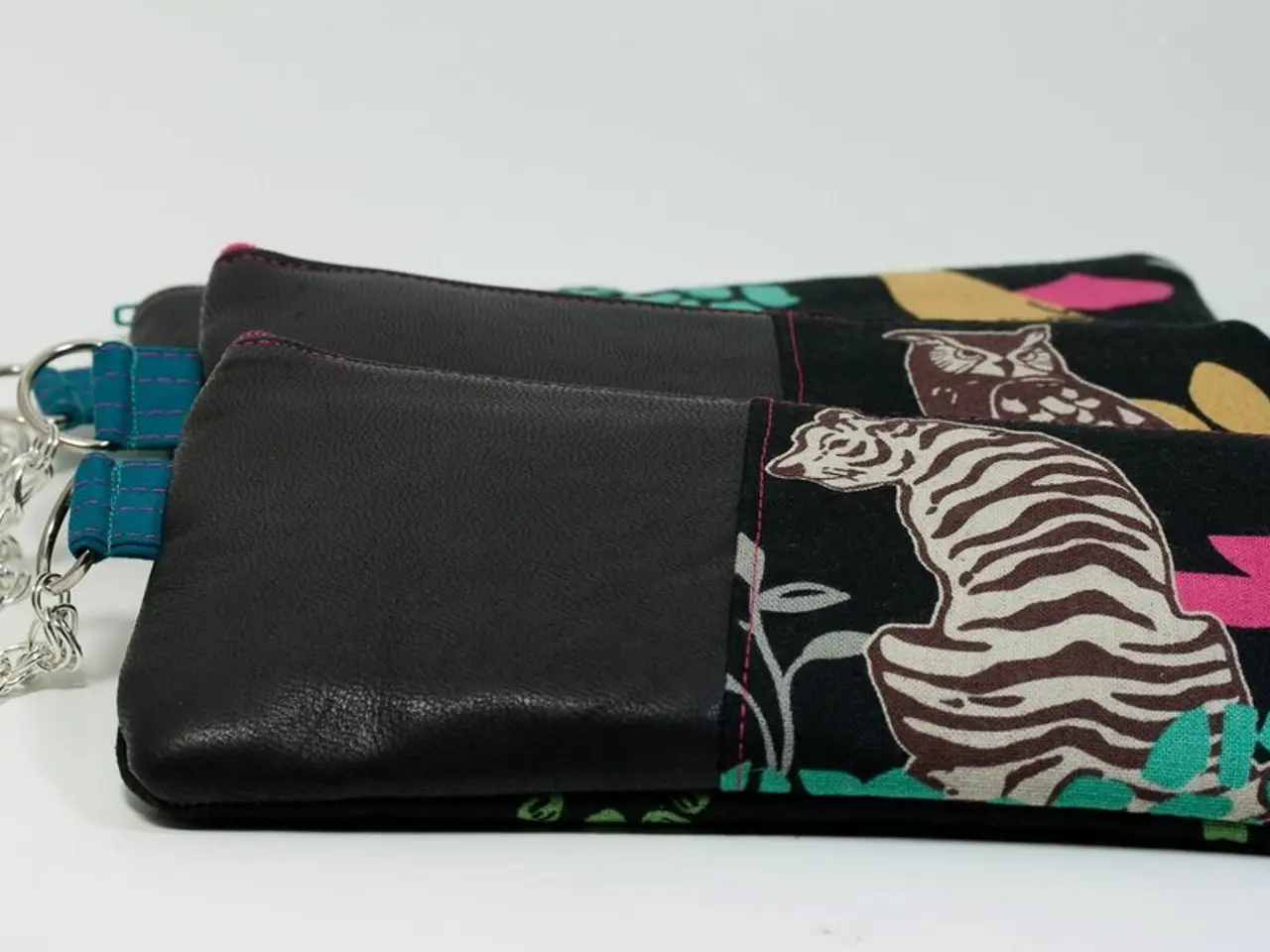'Industry Reacts Favorably to WFA's Diversity Media Blueprint'
Marketing Industry Embraces Diversity and Inclusion, but Challenges Remain
The marketing industry is witnessing a shift towards greater focus on diversity, equity, and inclusion (DEI), according to the recent Diversity and Inclusion Census results released by the World Federation of Advertisers (WFA) at the end of 2021. The census involved over 10,000 people across 27 different countries.
Diversity and Inclusion Trends
The census results outlined two key findings: the high consideration to leave and the gender pay gap. One in seven people working in marketing are considering leaving their company, with the lack of diversity and inclusion in their company being the reason for consideration, according to the WFA.
In Canada, 66% of marketers support DEI initiatives, although 58% have observed pushback such as budget freezes and derailed policies. Despite resistance, 93% agree that diverse teams produce better ideas, underscoring a strong business case for inclusion.
Around 76% of marketers experience polarization in values and beliefs, leading to self-censorship and reduced collaboration within teams. Globally, LGBTQ+ consumers hold a buying power of $3.9 trillion. Their expectations for DEI are higher than the general population; 61% want brands to show DEI commitment vs. 35% of others.
Actions by Companies
Many marketing companies are taking action to address DEI. They publish DEI reports and incorporate commitments in campaigns not as sales tactics, but to build trust and demonstrate reflection of diverse communities. Some brands have scaled back or paused DEI marketing programs in 2025, resulting in fewer deals for marginalized influencers. However, consistent DEI-focused brands are gaining reputational trust and cultural credibility, particularly by partnering with micro- and mid-tier influencers tied to diverse audiences.
Inclusive product design and broader representation in advertising are increasingly prioritized, such as more inclusive body types, skin tones, and disability accommodations. Data-driven assessments like the SeeMe Index highlight that inclusive beauty brands outperformed less inclusive competitors by 3%, with increases in representation of larger body types and disability-conscious designs.
Gender Pay Gap
The census results did not reveal the breakdown of the 13% gender pay gap by country. The census also did not specify which countries had the highest or lowest gender pay gap. However, the strong focus on DEI and authentic inclusion initiatives implies companies are increasingly aware of systemic inequities, and transparent reporting is becoming more common, which often includes pay equity measures.
Looking Ahead
The marketing industry across countries shows a complex picture of growing inclusion efforts and consumer demand for authentic representation, countered by cultural and political pushback. Companies addressing these issues transparently and consistently—through authentic advertising, workforce diversity, inclusive product design, and partnerships with marginalized creators—tend to outperform their peers and build stronger consumer trust. However, challenges such as polarization in workplaces and some rollback of DEI programs still exist.
[1] Ipsos. (2021). The WFA Diversity and Inclusion Census 2021. Retrieved from https://www.wfanet.org/resource/wfa-diversity-and-inclusion-census-2021
[2] GLAAD. (2021). Accelerating Acceptance. Retrieved from https://www.glaad.org/acceleratingacceptance
[3] SeeMe. (2021). SeeMe Index 2021. Retrieved from https://www.seemeindex.com/
[4] The Drum. (2021). Brands are scaling back on DEI marketing, but inclusive brands are still winning. Retrieved from https://www.thedrum.com/news/2021/09/14/brands-are-scaling-back-dei-marketing-inclusive-brands-are-still-winning
[5] Advertising Week. (2021). Authenticity and the DEI Journey: A Conversation with Unilever, P&G and Procter & Gamble. Retrieved from https://www.advertisingweek.com/insights/authenticity-and-the-dei-journey-a-conversation-with-unilever-p-g-and-procter-g-amsterdam-2021/
- Companies are actively focusing on diversity, equity, and inclusion (DEI) in the marketing industry, with 93% of marketers agreeing that diverse teams produce better ideas, emphasizing a strong business case for inclusion.
- In finance, inclusive product design and broader representation in advertising, such as more inclusive body types, skin tones, and disability accommodations, are increasingly prioritized, demonstrating a commitment to diversity and inclusion in business practices.




